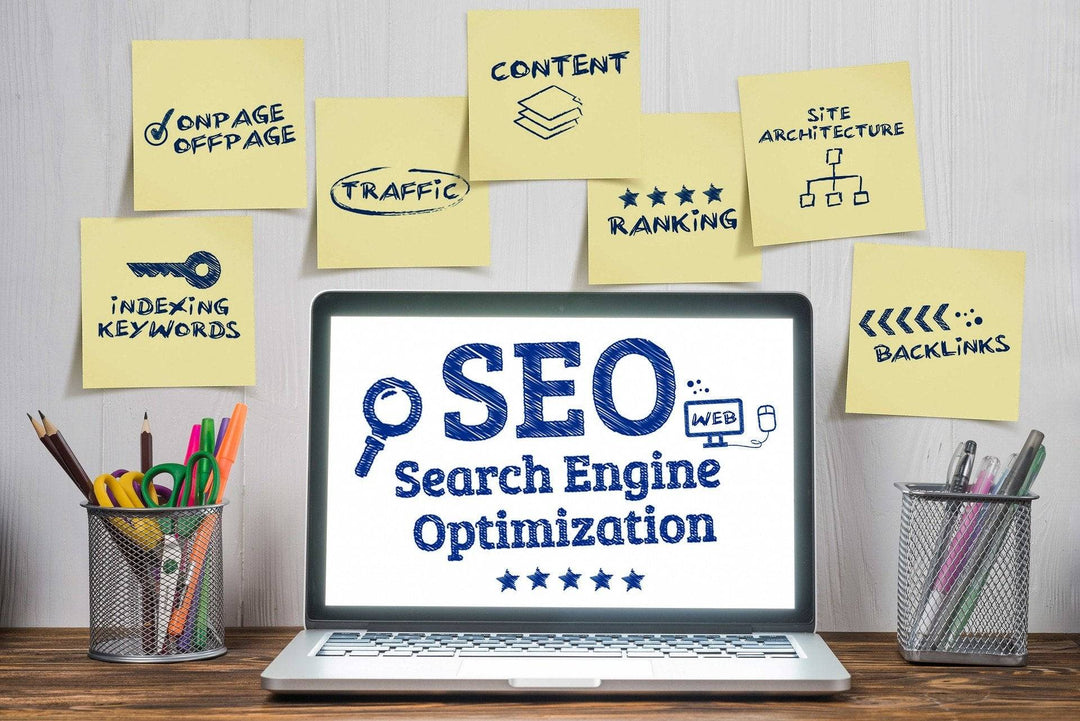Shopify is one of the fast, reliable, and responsive eCommerce platforms that can host your storefront. According to the statistics, 2,297 million active websites are using Shopify in 2021. Moreover, it is the third-largest online retailer in the USA, with approximately 1,132,470 live stores using Shopify. No matter whether you are a beginner or an expert in eCommerce, Shopify's user-friendly layout helps all online retailers open their eCommerce store and conduct sales effortlessly.

eCommerce trends and consumer behavior are constantly changing. The onset of the pandemic has increased the number of consumers accessing online stores over brick & mortar stores. Every online retailer needs to adapt to the ongoing trends to access the market at the right time.
Are you excited to learn about the top Shopify trends that are changing the dynamics of eCommerce sales? Well, then you are in the right place. Let's unlock the possibilities of emerging Shopify trends together.
1. Hey! Personalization Drive is Trending in 2021
The innovations in technology and the onset of the pandemic have made customers more inclined to the online stores. They expect value-added services from online retailers at every stage of the sale. 71% of consumers feel frustrated when a shopping experience is impersonal. And, 84% of consumers say being treated like a person, not a number, is very important to winning their business.
Customers want online retailers to understand their unique requirements and provide suggestions that streamline a seamless shopping experience. It's not about providing 1000s of product suggestions to customers, but it is all about giving relevant and timely suggestions that help customers make a decision. Too many choices may make your customers overwhelmed, making them leave the site. According to statistics, more than 54% of consumers have stopped purchasing products from a brand or retailer website because choosing was too difficult.
Read More: A Glimpse on 7 crucial aspects of Shopify Migration
Let's focus on some personalization hacks every online retailer needs to include in their business strategy.
Polish your website structure
Your Shopify website is the mouthpiece of your brand. Customize your Shopify website architecture to provide customers easy access to products and related CTA buttons. Make sure that from browsing to the payment gateway, your website provides an unhindered experience.

Your landing page, product information, digital assets, and CTA buttons are important elements that make your website stand out. Customers hate multiple clicks and long login forms. So, optimize your website to reduce long clicks and page views. It may decrease your brand credibility and conversion.
- Personalize your landing pages by providing customers with information based on their interaction with your brand. It's not always about sales. Give them additional details like weather reports to bring a human touch.
- Provide CTAs that are clear, apt, and navigate customers towards the next step.
- Improve filters and onsite search facilities to help customers find exact matches
Utilize Augmented Reality & AI Innovations
Advancement in AI is helping brands boost personalization through customer-centric search. It enables the search engines to think like a human by understanding users' intent and providing product suggestions based on their search or purchase history. Moreover, real-time chatbots and virtual assistants are also customer-friendly hacks that add value to customers' journeys.
Augmented Reality (AR) is a growing avenue in eCommerce. Most fashion and cosmetic brands have shifted perceptions towards AR that augments virtual try-on facilities. AI and AR equip customers to make informed decisions and help retailers reduce complaints and improve reliability.
2. Get Ready! The Golden Era of Headless Commerce is Here
Predefined experience is not going to help your store in the long run. As technology and customer demand increase, being flexible should be the new normal for eCommerce stores. But, coupled front-end and back-end systems pose huge technical challenges when retailers think of customization and improvements.
The boom in headless commerce is changing the dynamics of the eCommerce space. Headless eCommerce can be defined as content-led or experience-led eCommerce. It decouples front-end and back-end systems to facilitate endless customization solutions to power your business. Headless eCommerce platforms are more PCI compliant, secure, and enhance inventory management. One of the key benefits is that it enhances seamless integration with eCommerce power suites like ERPs, PIMs, OMS & POS.
3. "Hey Google I want... ", Explore Voice Search Trends
Voice search is the next big transformation that is going to enrich the customer experience. Nearly 5.5 million US adults make purchases with their smart speakers regularly and one-third of the 3.5 billion google searches in 2020 were done through voice search. The development of voice-supported devices like Alexa, Google Assistant, and Apple’s Siri has augmented the voice assistance trend. And slowly, the trend is also transforming eCommerce by helping retailers ease customers' search process.

Voice search helps retailers enhance branding, personalization, and also boost search flexibility on smart devices. So, optimizing your Shopify storefront to adapt to the voice search eCommerce is crucial to stay relevant and meaningful in the market.
4. Inculcate the Best Tools & Integration Software
Shopify integration is an ongoing trend that amps up eCommerce to the next level. From inventory management to distribution, the Shopify platform requires stellar eCommerce tools to power up the omnichannel experience. PIM or product information solution is a tool suite that helps consolidate, organize and distribute product catalogs into every sales channel.
As your business expands, it might be difficult for you to store and manage thousands of SKUs in spreadsheets. This is not only time-consuming but also increases the error rate. Apart from PIM, there are Customer Relationship Management software (CRM), Enterprise Resource Planning (ERP) software, and Product Content Management System (PCM) that needs to be integrated into your Shopify website to boost performance and access the market at the right time.
Some of the best PIM, ERP & Other CRM tools in the market are
5. Say Hi to Social Commerce
In 2020, social commerce sales in the United States were estimated at nearly 27 billion U.S. dollars. Social media channels are now promoting shoppable content and direct sales. Social media sites like Facebook and Instagram have marketplaces that directly sell products to consumers. Social media marketing is an important part of digital marketing. It helps promote the brand value and builds trust by stamping an impression on customers' minds and sights.

Shopify lets you create social media shops that are synced with your Shopify store. Moreover, to amplify content promotion across social channels, Shopify has developed some social media apps that automate updates and help grow reputation. Some of the apps Shopify social media apps are
- Social Media Feed Widget by Tagembed
- Outfy ‑ Automate Social Media
- Social Media Stream
- Flow‑Flow Social Feed App
- Social Commerce
6. Quick Pay - From Cash to Digital Wallet
Shopify sellers can rejoice. The new check-out and storefront tools give sellers more flexibility to customize payment options. The pandemic and advancements in social commerce have brought more customers onto the digital platform. Considering the evolving buying pattern and growing social commerce audience, more payment streams are now added-cash payment, card payment & cloud payment. Adding a third-party payment gateway to Shopify helps merchants accelerate sales across other channels and provide customers extensive checkout options that can be completed in just one click.

Get Your Hands On New Trends to Improve Your Shopify Storefront
Shopify has always been a comfort zone for seasoned eCommerce giants and bootstrapping entrepreneurs. The onset of the pandemic has brought many small to large businesses onto the digital platform. Not all retailers and vendors are tech-maestros, considering the fact Shopify has been focusing on bringing user-friendly trends that help retailers amplify their store value and visibility.
If you're planning to set up or improve your Shopify storefront, eComIntegrate is always ready to help you upgrade. We build customer-friendly custom Shopify websites that reflect your brand value. To know more about our Shopify services and eCommerce end-to-end solutions, drop a line below.
[nerdy-form:11564]






Leave a comment